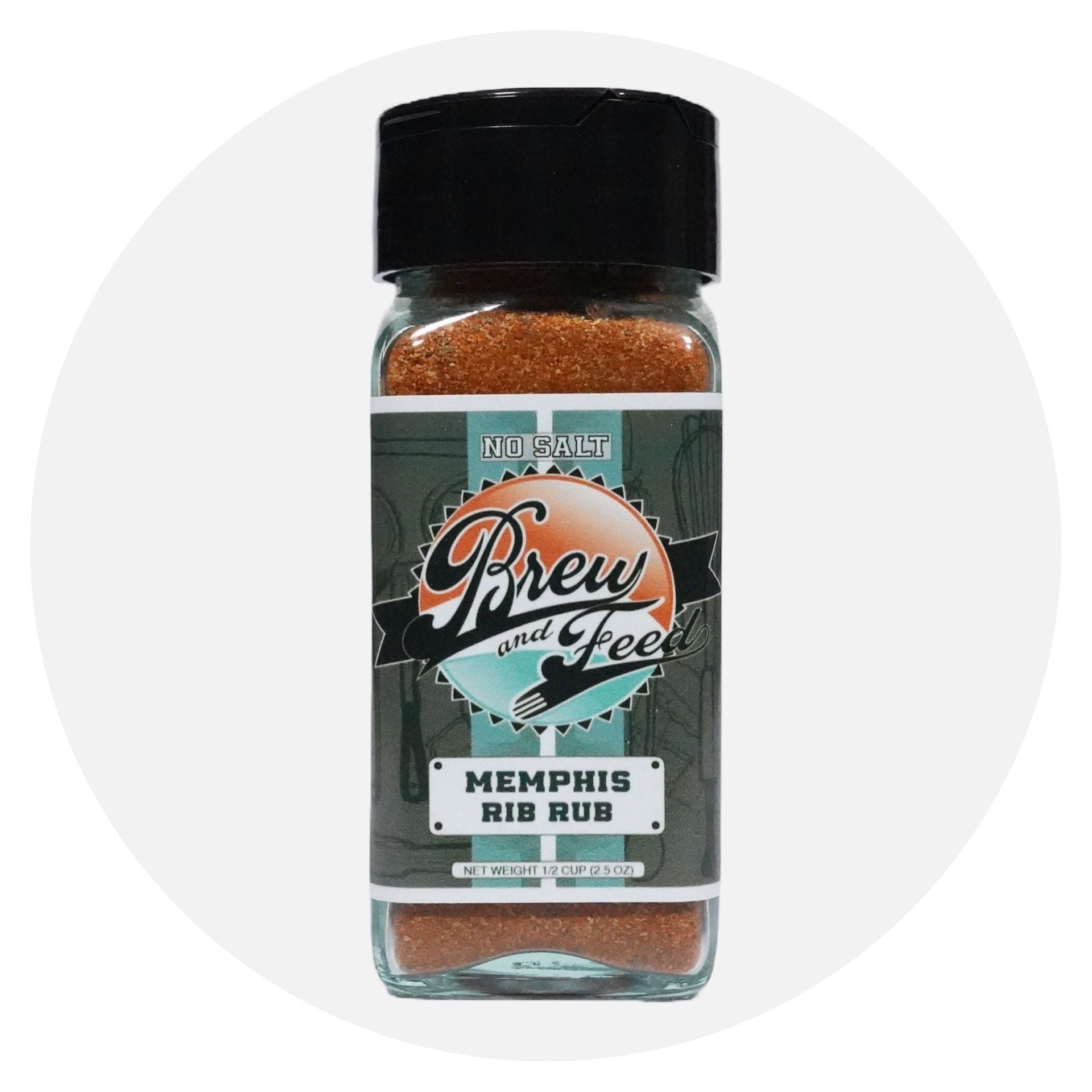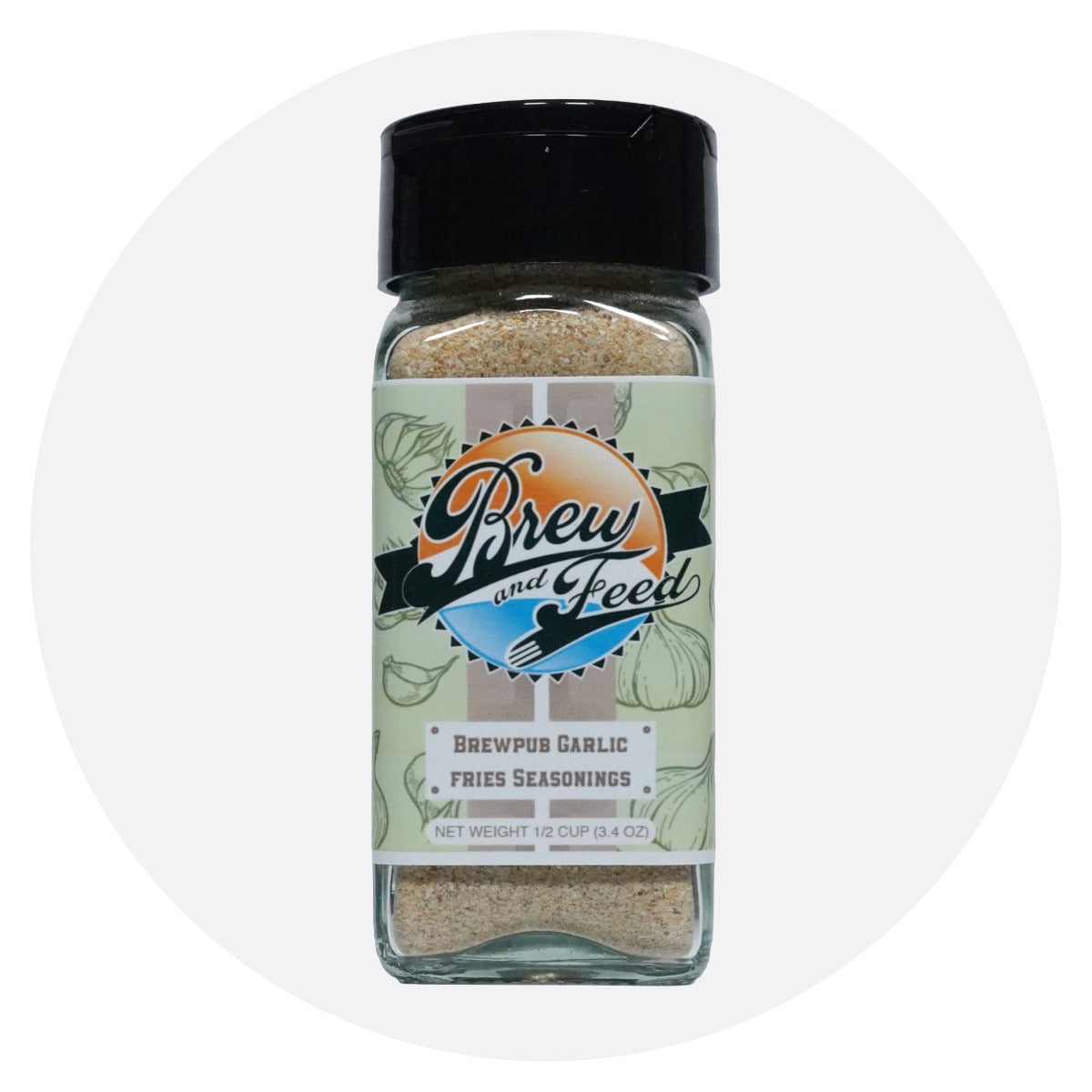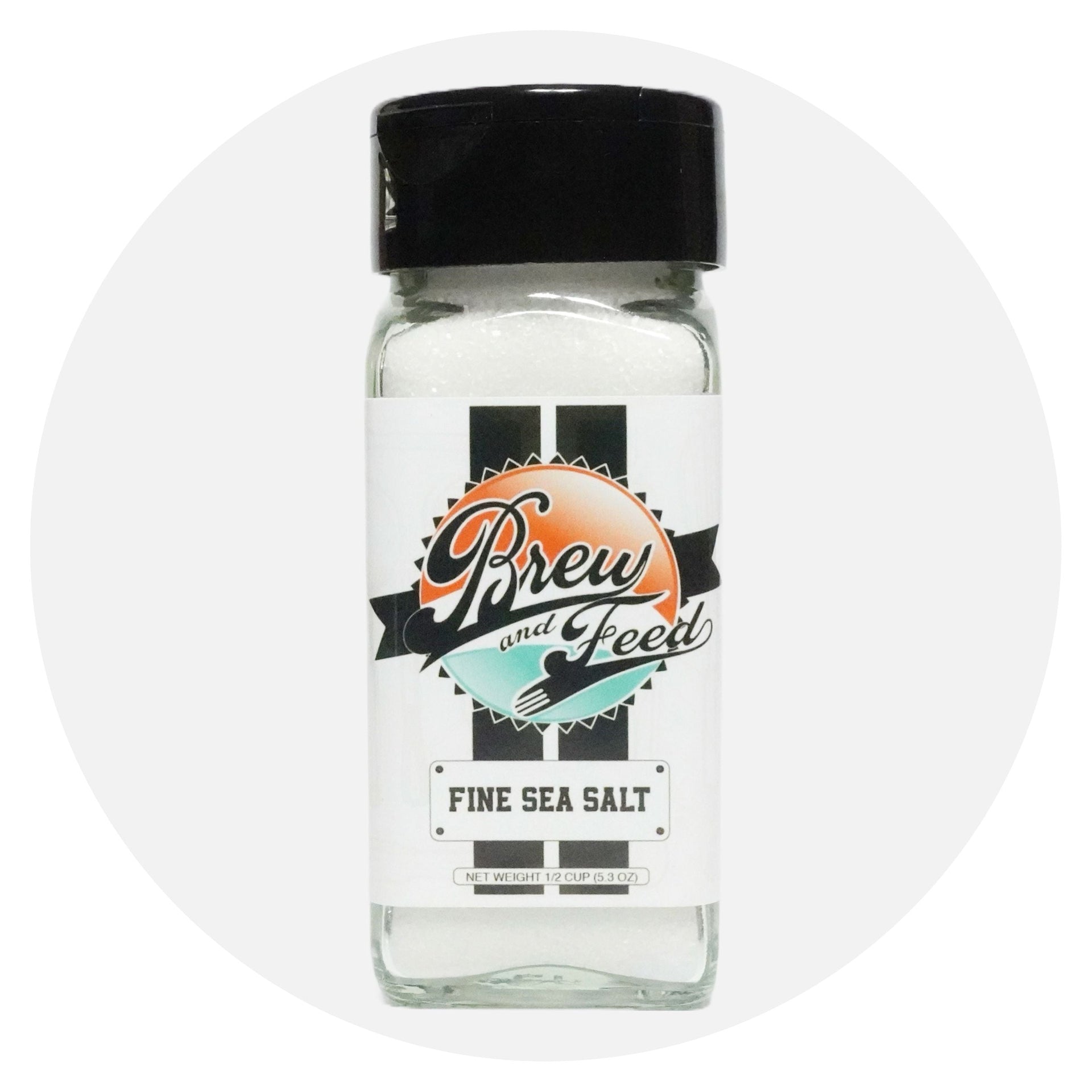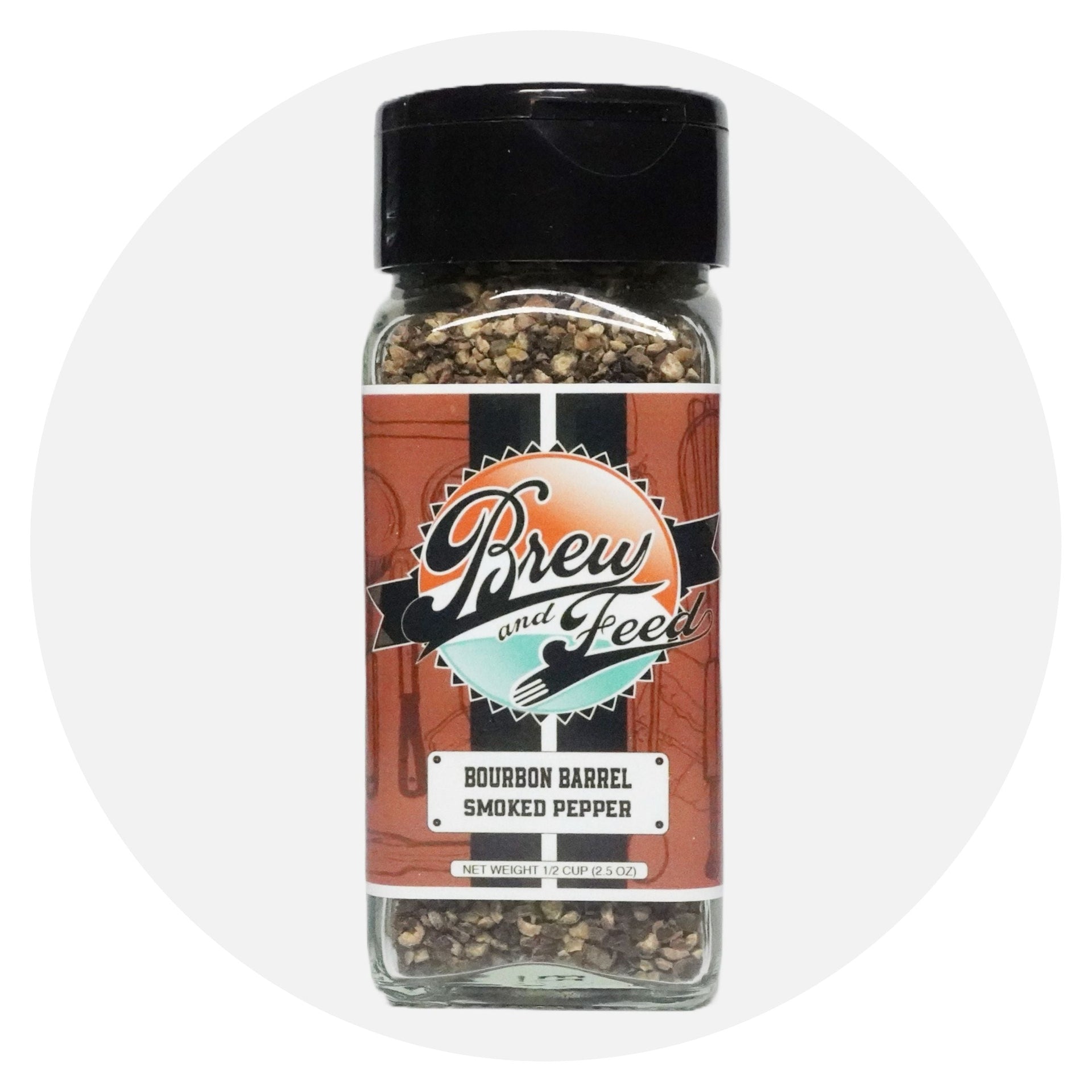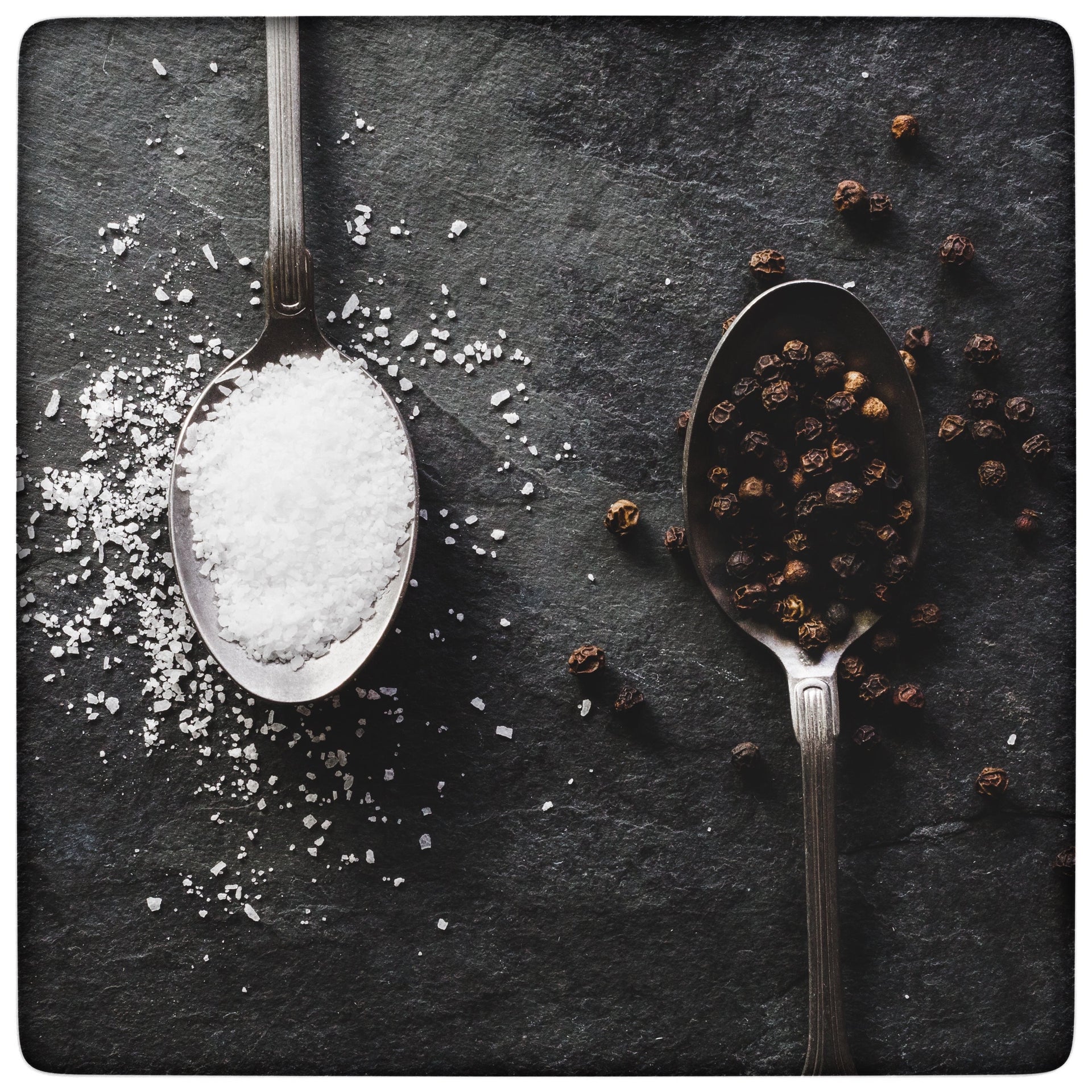
The Timeless Duo: Exploring the Essential Role of Salt and Pepper in Cooking
In the culinary arts, few things are as fundamental as salt and pepper. These two timeless staples are often found side by side on kitchen counters and dining tables, universally recognized for their ability to enhance and transform the flavor of food. But beyond their basic utility, salt and pepper carry rich histories and diverse applications that make them indispensable in any kitchen. In this blog post, we'll explore the origins, types, and culinary uses of salt and pepper.
Salt: The Ancient Preserver
Salt has been an essential part of human civilization for thousands of years. It was not only prized for its ability to preserve food before the advent of refrigeration but also valued as a form of currency and a symbol of hospitality. The word "salary" even originates from the Latin word "salarium," which refers to the money given to Roman soldiers to buy salt.
Pepper: The Spice That Launched a Thousand Ships
Pepper, often referred to as the "king of spices," has a history that stretches back to ancient India. It was highly valued in Europe during the Middle Ages, and its trade significantly influenced global exploration and commerce. Black peppercorns were so precious that they were sometimes used as currency and were even referred to as "black gold."
Types of Salt
Type of Salt |
Description |
Uses |
| Table Salt | Fine-grained and often iodized. | Everyday cooking and baking. |
| Sea Salt |
Derived from evaporated seawater, available in coarse or fine grains. |
Finishing dishes, adding texture and flavor. |
| Kosher Salt |
Large, flaky crystals that dissolve easily. |
Cooking, seasoning meats, and baking. |
| Himalayan Pink Salt | Mined from ancient sea beds in the Himalayas, characterized by its pink hue due to mineral content. |
Finishing dishes, decorative salt blocks for cooking. |
Types of Pepper
Type of Pepper |
Description |
Flavor |
Uses |
| Black Pepper | Made from unripe, fermented, and dried peppercorns. | Pungent and spicy. | Universal seasoning for savory dishes. |
| White Pepper | Made from ripe peppercorns with the outer layer removed. | Milder and less complex than black pepper. | Light-colored sauces, mashed potatoes, and Asian cuisine. |
| Green Pepper | Unripe peppercorns, often preserved in brine or freeze-dried. | Fresh and slightly fruity. | Peppercorn sauces, garnishes, and pickling. |
| Pink Pepper | Not a true peppercorn, but berries from the Peruvian pepper tree. | Sweet and mildly spicy. | Salads, seafood, and desserts. |
Culinary Uses of Salt and Pepper
Enhancing Flavors
Salt is a natural flavor enhancer, bringing out the best in both savory and sweet dishes. It balances bitterness, enhances sweetness, and deepens the overall flavor profile. Pepper adds a layer of complexity with its heat and pungency, elevating the taste of various foods.
Seasoning Proteins
Before cooking, meat, poultry, and fish are often seasoned with salt and pepper to enhance their natural flavors. The salt helps to draw out moisture, creating a brine effect that tenderizes and seasons the protein evenly. Pepper adds a complementary kick, making the final dish more flavorful.
Cooking Vegetables
Roasted, sautéed, or steamed vegetables benefit greatly from a simple seasoning of salt and pepper. These basic seasonings enhance the natural sweetness and earthiness of vegetables, making them more enjoyable to eat.
Finishing Touches
A pinch of sea salt or a grind of fresh black pepper as a finishing touch can elevate a dish from good to great. These finishing salts and peppers add texture and bursts of flavor that can transform the final presentation and taste of a meal.
Baking
Salt plays a crucial role in baking, not only for flavor but also for controlling yeast fermentation and strengthening gluten structure. While pepper is less common in sweet baking, it can add an unexpected and delightful twist to savory baked goods like cheese biscuits or spice cakes.
Conclusion
Salt and pepper are much more than mere table condiments; they are essential tools in the art of cooking. Their unique abilities to enhance and balance flavors make them indispensable in both professional kitchens and home cooking. By understanding the different types and uses of salt and pepper, you can unlock new dimensions of flavor in your culinary creations. So next time you reach for these timeless staples, appreciate their rich histories and the pivotal roles they play in making your food delicious.

